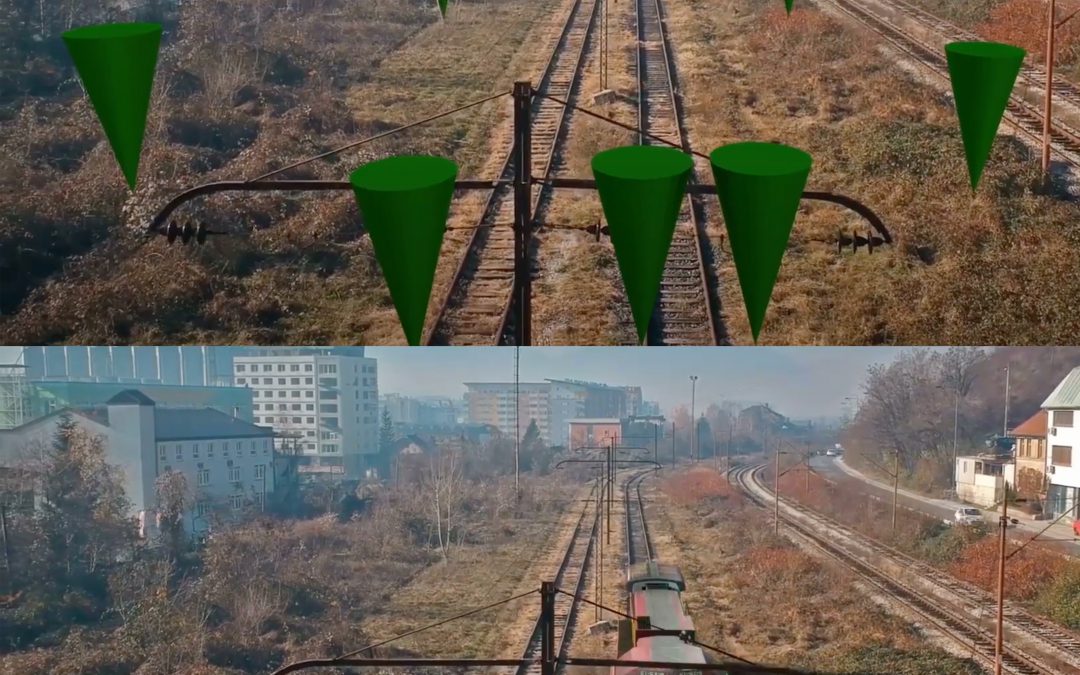By Mazdiar Santoke, Professor, Gaming
The future demands creativity, innovation, and sustainability, and the latest technological advancements are opening up new creative horizons. VFX artists are exploring novel aesthetic directions and experimental approaches as tools and techniques evolve. Digital designers equipped with AR/VR skills are in high demand, and the incorporation of voice interfaces and data analytics to guide design decisions is becoming commonplace, rendering these abilities essential for tech workers to thrive in the fiercely competitive landscape. With the strategic integration of cutting-edge AI and ML tools, animators can now devote more time to the creative and technological aspects, refining each pixel of a shot. This collaborative ecosystem is nurturing growth and enhancing productivity.
Let’s delve into the impact of visual effects in modern animation and examine how AVGC trends are shaping the workspace.
Advances in Realism
Advancements in processing power and simulation methods have yielded more realistic and visually appealing renderings, enhancing the overall realism of animations. Animators are incorporating AR and MR technology into various interactive media, including animation, merging virtual and real-world elements to provide audiences with immersive experiences. These animated characters seamlessly interact with their surroundings, paving the way for innovative storytelling techniques.
Dynamic Live Action and Animation
Visual effects have revolutionised action sequences, particularly in animation, with animators and designers leveraging the latest VFX tools to craft dynamic and visually stunning scenes. Complex camera movements, explosions, particle effects, and realistic physics simulations have heightened the excitement and spectacle of animated action sequences, rivalling the impact of live-action films. Furthermore, through seamless integrations using techniques like compositing, creators can seamlessly blend CGI characters and objects into live-action footage, creating a cohesive visual narrative, notably evident in hybrid films combining live-action and animation elements.
Real-Time Rendering
The surging popularity of interactive media has spurred a surge in demand for real-time rendering technology. Game engines and real-time rendering tools offer high-quality cinematic visual effects, enabling animators to receive immediate feedback on their work, fostering creativity and efficiency. Additionally, VFX artists can now create large-scale crowds and conflict scenes using modern crowd modelling tools, facilitating the creation of realistic crowd movements and interactions without the need for hand animation of each character.
Faster Results
Advancements in machine learning-based denoising have facilitated faster and more cost-effective rendering without compromising quality. Machine learning-based compression algorithms enable rendering at lower resolutions, with seamless image compression to enhance speed and efficiency. Generative AI serves as a potent creative tool for rapidly generating high-quality concept art. Moreover, studios are integrating toolsets that expedite processes and streamline specific portions of the production pipeline, adapting to the rapid technological advancements in the field.
Content Flexibility
Virtual production workflows are becoming increasingly streamlined, offering creators unprecedented content flexibility. Creators can now select the type of content to display on LED volumes based on parameters like budget and scheduling constraints, enhancing production efficiency. Fully realised 3D real-time environments are tailored to the most elaborate and demanding productions, underscoring the evolution and customisation of virtual production workflows.
Opportunities in startups, healthcare, and the entertainment industry underscore the diverse applications of animation design in 2024. As technology continues to shape the creative landscape, individuals who embrace evolving trends, acquire new skills, and foster a collaborative mindset will be well-equipped for successful and fulfilling careers in 2024 and beyond.
At Pearl Academy, we offer 11-month Professional Certificate in Visual Effects (Compositing and Motion Graphics/ Houdini). We prioritise fundamental concepts over mere software proficiency, ensuring a strong foundation for aspiring professionals. Our curriculum delves into essential areas such as Rotoscopy, Tracking, Chroma Keying, Compositing, Camera Projection, and beyond. Through hands-on learning experiences, students gain comprehensive knowledge and practical skills, preparing them to seamlessly integrate into any production environment as skilled professionals.












